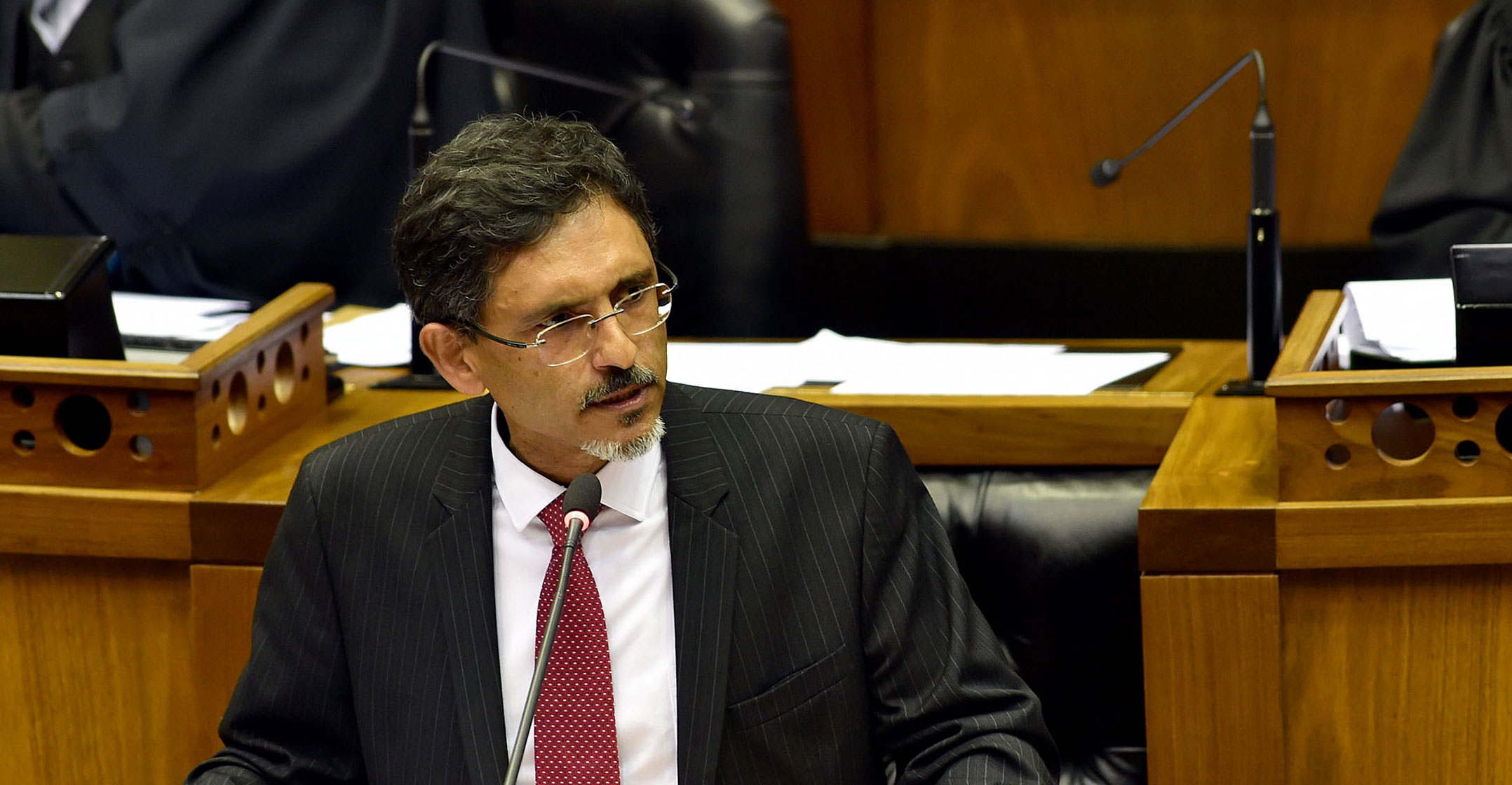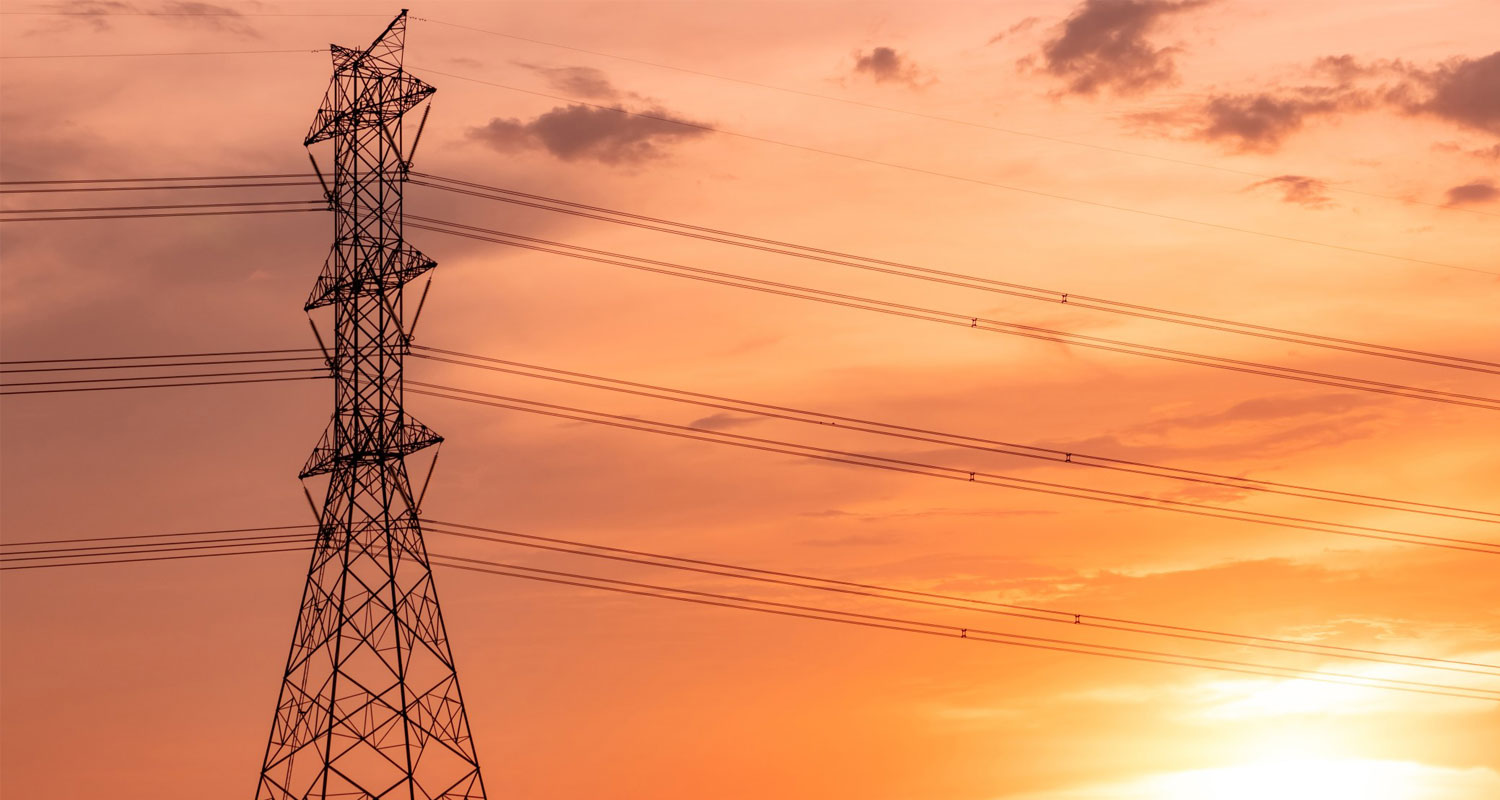
One of the biggest announcements from last year’s Cop26 climate talks was a pledge by some rich countries to provide US$8.5-billion (R127-billion) to help South Africa transition away from coal. Now different interests within the country are tussling over how that money should be distributed.
Eskom is proposing that a substantial portion be used to expand the grid in order to encourage more investment in renewable electricity, according to people familiar with the situation.
If the money is allocated to Eskom and its projects, the people said, some of it would also be used to retire coal-fired power plants that account for more than 80% of South Africa’s electricity supply — the originally stated purpose of the deal funded by the US, UK, Germany, France and the European Union. They asked not be identified as the talks are private. Those funds would also help cushion the economic hit to coal-dependent communities as the dirtiest fossil fuel is phased out.
But Eskom faces competition from the department of trade, industry & competition, which is also seeking funds for two programmes. The first would boost electric vehicle production, helping preserve cars as one of the nation’s most important exports. The second would invest in green hydrogen in a bid to position South Africa as a major producer as interest grows in its use in decarbonising activities such as steelmaking and shipping. The country doesn’t currently produce any EVs or make green hydrogen on a commercial scale.
The South Africa funding deal has been cited by experts as a breakthrough that could become a model for developed nations to help finance energy transitions in other developing countries, which have contributed relatively little to global warming so far. The financial support is meant to help them cut emissions without having to sacrifice development goals such as reducing poverty and increasing energy access.
Eskom network
The money is set to come in the form of concessional loans and some grants. The lenders will need to consider a range of investment proposals and decide which ones to back, one of the people said. Additional finance may also be available from institutions such as the New Development Bank, which is funded by the Brics group of nations, and the African Development Bank, the person said.
Eskom initiated talks with the lender countries before Cop26 and intervention by the industry department has caused some tension, two of the people said.
Eskom declined to comment. The industry department referred questions to Daniel Mminele, a former central banker who heads the Presidential Climate Finance Task Team which will negotiate the $8.5-billion deal. Mminele didn’t answer a call to his mobile phone or immediately respond to a text message.

An estimated R180-billion is needed to fund the state utility’s plan to expand its transmission and distribution network, which is seen by the government as an effective way to move the country away from coal. Eskom will struggle to finance that expansion on its own, given it’s R392-billion in debt. Much of the improvements will be made in the Eastern and Northern Cape provinces, where the climate is suitable for generating wind and solar power. The grid there is currently too weak to support a significant increase in power plants.
Eskom still expects to receive the bulk of the international funding deal as it argues its programmes would slash South Africa’s greenhouse gas emissions — the 13th highest in the world — more quickly than the industry department’s proposals, the people said. But there’s been some support for the hydrogen plans, particularly from Germany, one of the people said. Ebrahim Patel, South Africa’s industry minister, said in an interview last week that Germany has identified South Africa as a potential source of the fuel.
The outcome of the negotiations will be closely watched by emerging markets and climate diplomats around the world. It could determine how future agreements are structured, even if it takes years to find out which path leads to a better result for the planet. — Antony Sguazzin and Loni Prinsloo, (c) 2022 Bloomberg LP




